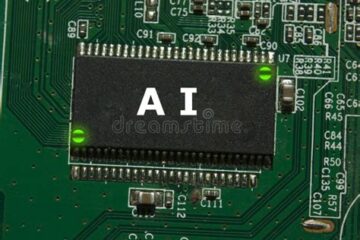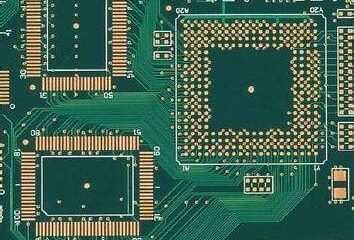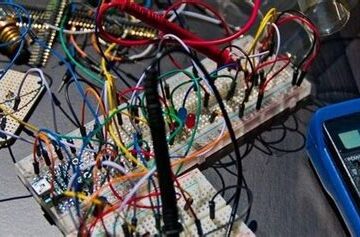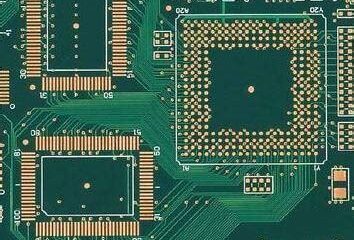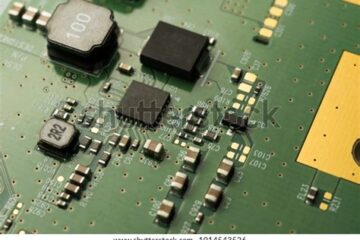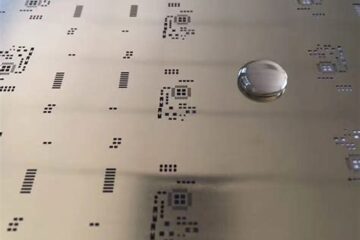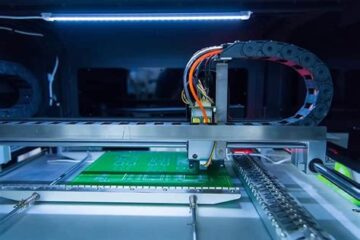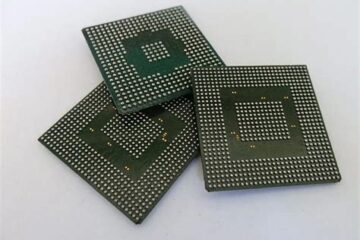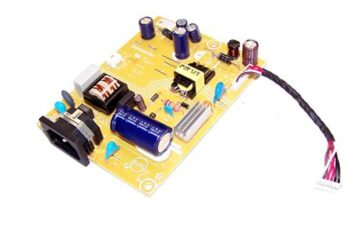PCBA
How Artificial Intelligence is becoming the Next Frontier in PCB Manufacturing Industry?
The Role of AI in PCB Design One of the most significant applications of AI in the PCB manufacturing industry is in the design process. Traditionally, PCB design has been a time-consuming and labor-intensive task that requires skilled engineers to manually create complex layouts and schematics. However, with the advent of AI-powered design tools, this process has become much more efficient and streamlined. AI-Assisted PCB Design Software AI-assisted PCB design software uses machine learning algorithms Read more…
